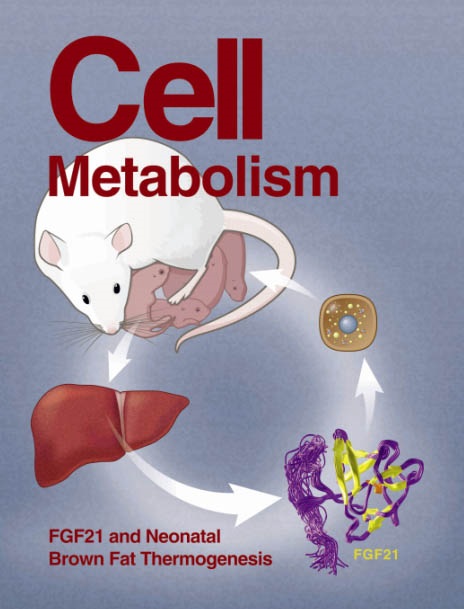Cytosolic cytochrome c represses ferroptosis
IF 30.9
1区 生物学
Q1 CELL BIOLOGY
引用次数: 0
Abstract
The release of cytochrome c, somatic (CYCS) from mitochondria to the cytosol is an established trigger of caspase-dependent apoptosis. Here, we unveil an unexpected role for cytosolic CYCS in inhibiting ferroptosis—a form of oxidative cell death driven by uncontrolled lipid peroxidation. Mass spectrometry and site-directed mutagenesis revealed the existence of a cytosolic complex composed of inositol polyphosphate-4-phosphatase type I A (INPP4A) and CYCS. This CYCS-INPP4A complex is distinct from the CYCS-apoptotic peptidase activating factor 1 (APAF1)-caspase-9 apoptosome formed during mitochondrial apoptosis. CYCS boosts INPP4A activity, leading to increased formation of phosphatidylinositol-3-phosphate, which prevents phospholipid peroxidation and plasma membrane rupture, thus averting ferroptotic cell death. Unbiased screening led to the identification of the small-molecule compound 10A3, which disrupts the CYCS-INPP4A interaction. 10A3 sensitized cultured cells and tumors implanted in immunocompetent mice to ferroptosis. Collectively, these findings redefine our understanding of cytosolic CYCS complexes that govern diverse cell death pathways.

胞浆细胞色素c抑制铁下垂
细胞色素c的释放,体细胞(CYCS)从线粒体到细胞质是一个确定的触发caspase依赖性细胞凋亡。在这里,我们揭示了胞质CYCS在抑制铁中毒(一种由不受控制的脂质过氧化引起的氧化性细胞死亡形式)中的意想不到的作用。质谱分析和定点诱变显示存在由INPP4A和CYCS组成的胞质复合体。CYCS-INPP4A复合物不同于线粒体凋亡过程中形成的cycs -凋亡肽酶激活因子1 (APAF1)-caspase-9凋亡小体。CYCS提高INPP4A活性,导致磷脂酰肌醇-3-磷酸的形成增加,从而防止磷脂过氧化和质膜破裂,从而避免铁致细胞死亡。无偏筛选鉴定出小分子化合物10A3,该化合物破坏CYCS-INPP4A相互作用。10A3致敏培养细胞和肿瘤植入免疫功能小鼠对铁下垂。总的来说,这些发现重新定义了我们对控制多种细胞死亡途径的胞质CYCS复合物的理解。
本文章由计算机程序翻译,如有差异,请以英文原文为准。
求助全文
约1分钟内获得全文
求助全文
来源期刊

Cell metabolism
生物-内分泌学与代谢
CiteScore
48.60
自引率
1.40%
发文量
173
审稿时长
2.5 months
期刊介绍:
Cell Metabolism is a top research journal established in 2005 that focuses on publishing original and impactful papers in the field of metabolic research.It covers a wide range of topics including diabetes, obesity, cardiovascular biology, aging and stress responses, circadian biology, and many others.
Cell Metabolism aims to contribute to the advancement of metabolic research by providing a platform for the publication and dissemination of high-quality research and thought-provoking articles.
 求助内容:
求助内容: 应助结果提醒方式:
应助结果提醒方式:


